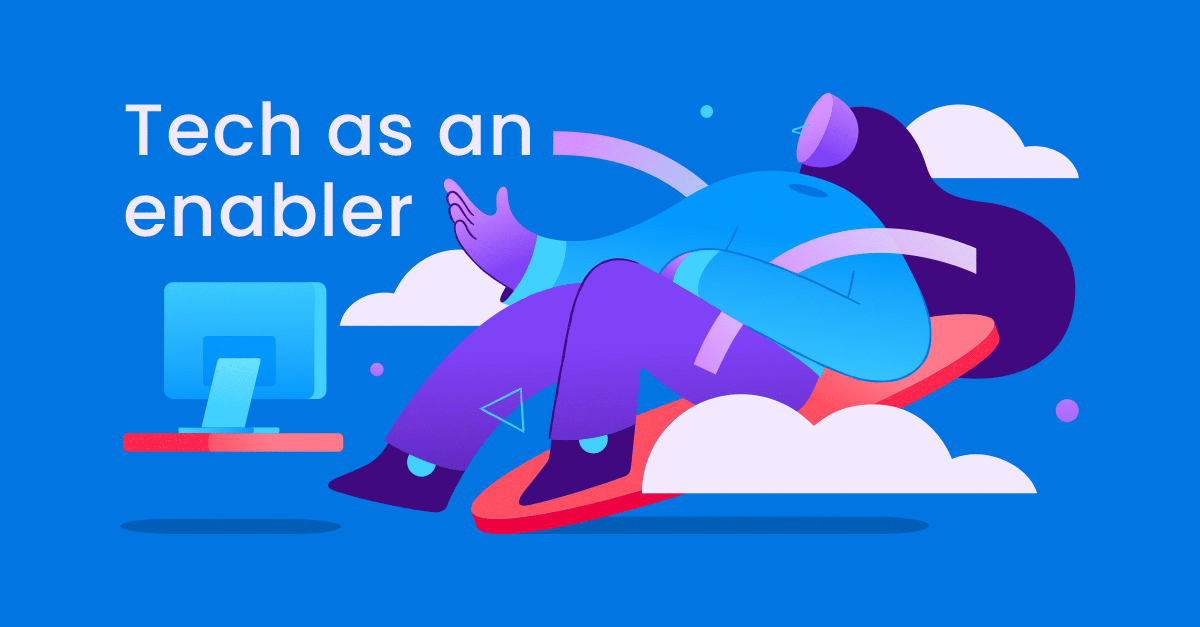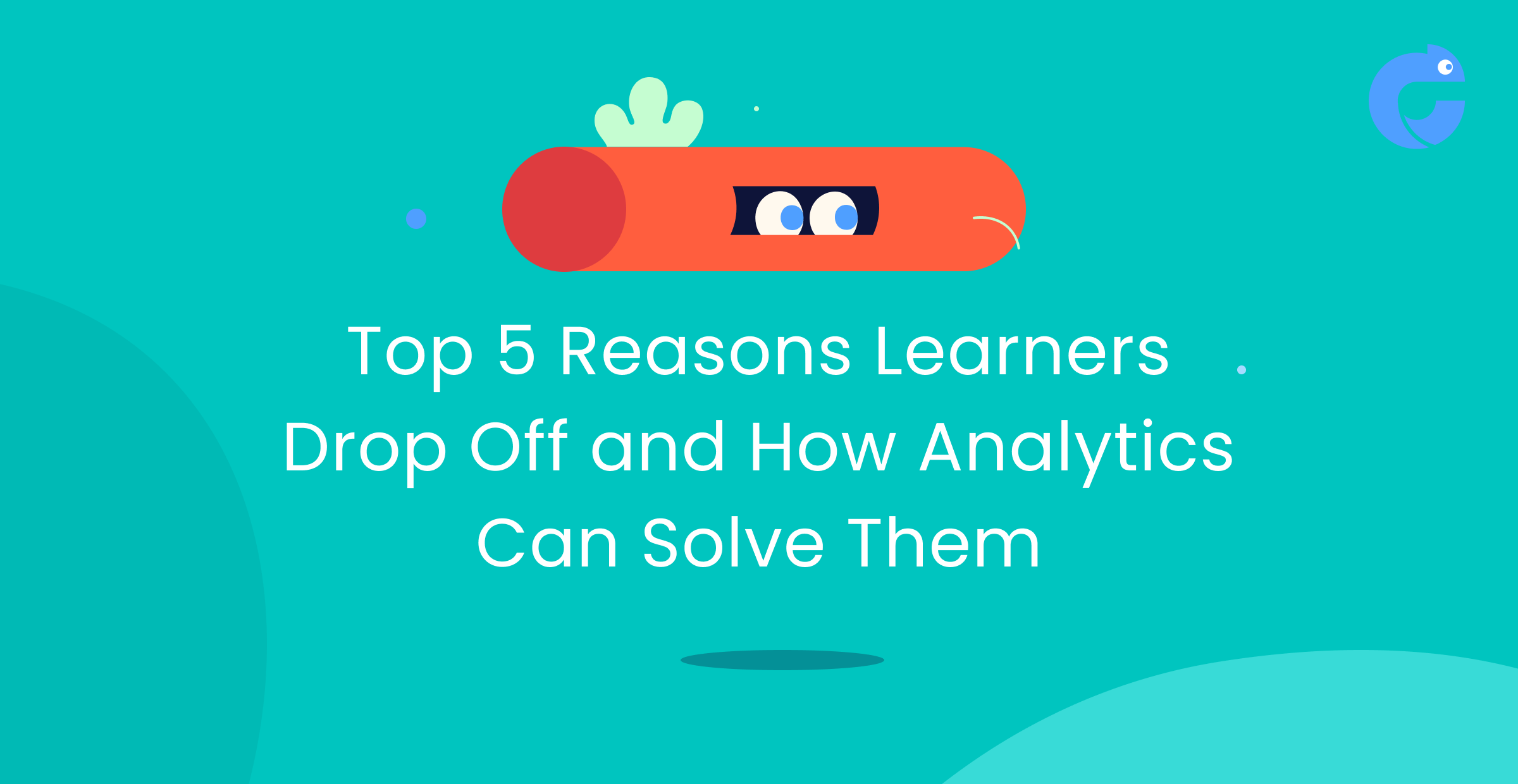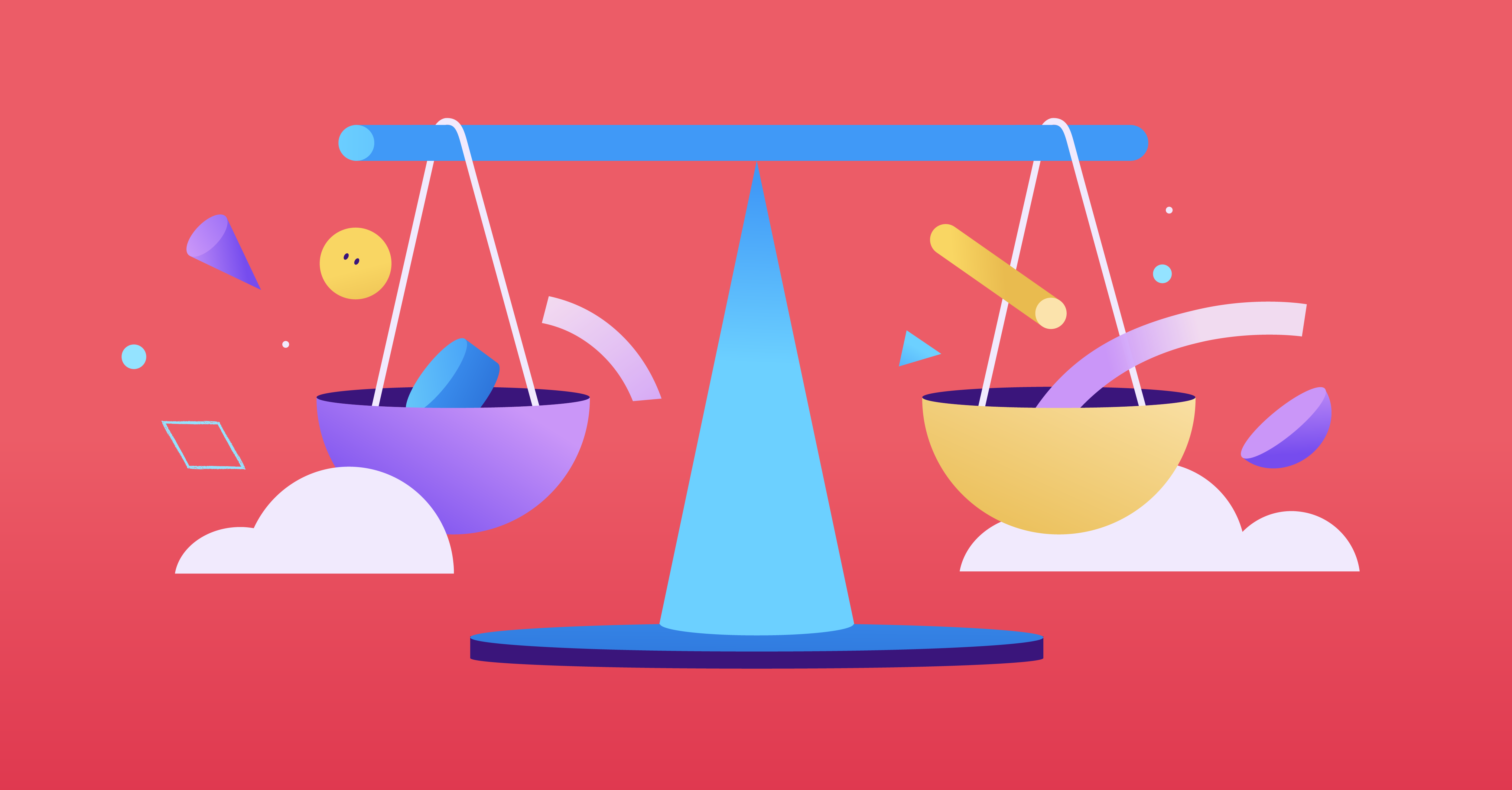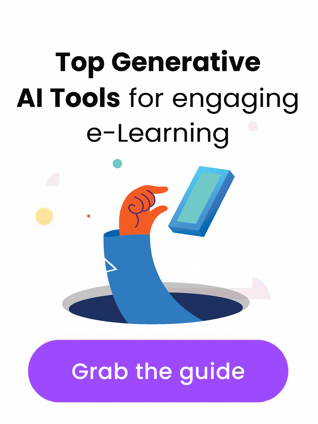TLDR - Too long, didn't read
AI tools are going to change the way we ALL work, so it's a good idea to familiarise yourself with some key terms and concepts now, to get ahead of the game.
Rise of the machines
Well folks, it looks like the robots are taking over the world and there's nothing we can do to stop them. But before you panic and start building a bunker in your backyard, let's take a closer look at how AI tools are shaking the world of Learning and HR, and how you can start taking advantage of this revolutionary new technology.
Below, we'll be looking at how AI continues to advance, the implications we all need to be aware of, and how to leverage the tech to make our daily lives easier.
We were even lucky enough to pick the brain of future tech expert Melissa Crawford, Founder, and Director of Tech with Heart and Lane Hannah, Leadership Capability Lead at Vodafone for some great advice and insights.
Your new robot friends
As AI technology continues to advance, our typical work days will evolve in ways that are still hard to fully grasp. With new AI tools appearing every week, Melissa believes more and more organisations will start to adopt AI-driven technologies to address pain points in recruitment, onboarding, learning, people data analytics and so much more, driving efficiency, productivity and employee satisfaction.
While AI will change the landscape of HR dramatically, many L&D (learning and development) folks are left asking themselves, 'how will this affect me?'. With the help of AI, learning and development can be more personalised, efficient, and effective. AI can help identify knowledge gaps, recommend learning resources, and provide real-time feedback to learners.
Lane believes that AI could be utilised to create customized learning paths for employees. He thinks that the degree of personalisation would determine the success of the learning path and AI could assist in suggesting the next steps based on an employee's previous actions or responses to a question or module. This type of personalisation would provide a unique learning path for each employee, rather than a standardised one and work effectively as a suggestion engine or guide.
For designers, your visual design, videos, voice-over, text etc can all be created using 'generative AI' tools such as OpenAI Dall-E and ChatGPT. These tools allow you to focus on curating, instead of designing from scratch - enabling you to create superior content in a fraction of the time.
Predictions from the experts
Lane says "we've had rapid access to knowledge and we've all loved having Google, right? Tools like ChatGPT is the next step. We now have even quicker access to that knowledge and a way of, rather than just seeing a whole page of results, have it curated for you. If you can use a machine to do the kind of the grunt work, the heavy lifting, then you can really get the benefits out of the insights that it provides".
Melissa believes, “In the long term, you'll see individuals lean into using AI as a personal assistant on steroids. Instead of AI embedded by a corporate for company outcomes, you will see individuals leveraging AI for their work and personal tasks. I think we have seen a glimpse of that with ChatGPT, Alexa, Google maps, Grammarly, etc. but we will see this much broader and start seeing people utilising their individual AI tools in the workplace with one AI assistant that links them all, coaches and supports them.”
By automating mundane and repetitive tasks, HR and L&D professionals can focus on strategic initiatives that require human skills and decision-making. AI can also help teams identify patterns and insights in employee data to better understand and address workforce issues.
"Tools such as ChatGPT, Google Bard and Microsoft Bing chatbot etc are just an evolution of tools to make us more efficient. It may enable a person to format their thoughts more clearly than they could into multiple exciting formats and even languages and in a fraction of the time. You are still responsible for inputting and refining the output. Focus on how it can help optimise what you do."
Think of tools such as ChatGPT as the next step of Google, instead of looking through multiple websites for an answer to your question, just ask ChatGPT to create an answer for you.
Ethics & concerns
As with any new technology, there are going to be concerns around data privacy and security. Melissa acknowledges, “My main concern is data and manipulation of a person using their data, e.g., data captured for one purpose is used for another without a person realising.
I think the solution to this is better understanding of technology, data management and security by organisations, as well as transparency to employees. Therefore, companies need to ensure that they are using AI ethically and transparently, and not simply as a way to cut corners or exploit their employees. By using AI in a responsible and human-centered way, companies can unlock its full potential and create a better future for work."
But what does this mean for the future? It means that we all need to be aware of and realise the potential of AI as a valuable tool that can help us work more efficiently and strategically. As Melissa advises, “Don’t be afraid, be excited. Read up on it and have a play with it before you judge it. Focus on how it can help optimize what you do.”
As we continue to explore the possibilities of AI in the workplace, we should also remember to strike a balance between the benefits of automation and the value of human skills and decision-making.
With the right approach and mindset, AI can be a powerful ally in the world of work.
Tips to leverage AI opportunities while considering challenges and ethics
- Stay up-to-date on the latest AI tools and trends: The field of AI is constantly evolving, so it's important to stay informed about the latest developments and how they can be applied to your work.
- Experiment with AI-powered tools: One of the best ways to prepare for the emergence of AI in e-learning is to start experimenting with different AI-powered tools. This can include things like chatbots, personalised learning algorithms, and virtual reality (VR) and augmented reality (AR) experiences.
- Develop your data literacy skills: As AI becomes more integrated into e-learning, it will be important for learning professionals to have a solid understanding of data and how it can be used to inform and improve the learning experience. This can include learning about data analytics, data visualization, and data governance.
- Consider the ethical implications: As with any emerging technology, it is important to consider the ethical implications of AI in learning. This includes issues like data privacy, bias, and job displacement. It is important to be aware of these issues and take steps to mitigate them.
- Be creative and open-minded: The emergence of AI presents many opportunities for innovation and creativity. Keep an open mind and don't be afraid to think outside the box when it comes to using AI in learning.
- Practice critical thinking: With the emergence of AI, it is important to practice critical thinking, as it can be challenging to determine the authenticity and credibility of the information generated by AI.
- Team up with experts: It is important to collaborate with experts in the field of AI, such as data scientists, engineers and researchers to stay ahead of the game.
AI is going to revolutionise the world of learning, making it more personalised, interactive, and efficient. And while it might be a bit scary to think about robots taking over our jobs, let's not forget that we can use AI to make our learning experience a lot more fun.
Share this
You May Also Like
These Related Stories

Tech as an enabler for learning

Top 5 Reasons Learners Drop Off and How Analytics Can Solve Them

